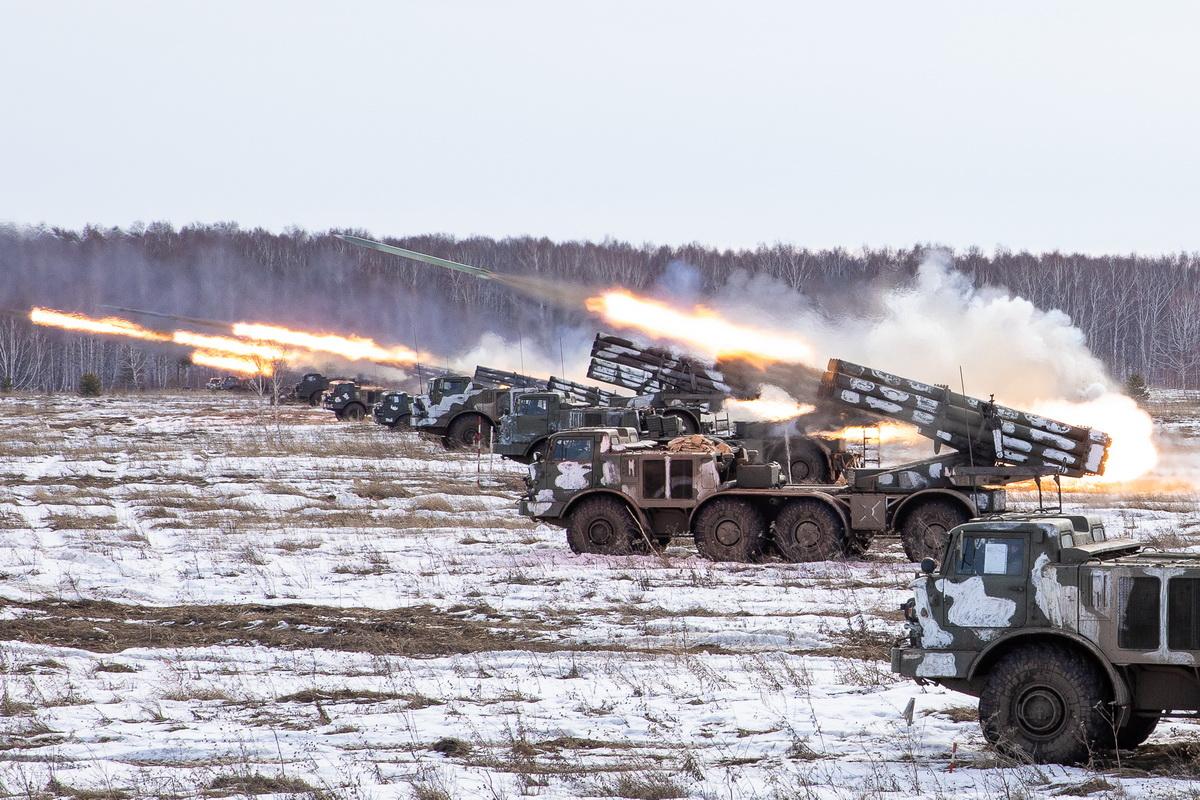ANALYSIS – As I wrote earlier, Russian Leader Vladimir Putin has painted himself into a corner in Ukraine, and the chances of his using nuclear weapons to seize victory from the jaws of defeat are growing daily.
Putin's threats grew louder last week when he said he was prepared to “use all the means available to us,” including “various weapons of destruction.”
“I'm not bluffing,” he added.
While some believe Putin IS bluffing, despite his protestations to the contrary, one particular Russian capability should concern us all.
That is Russia's possession of large numbers of tactical, low-yield and micro-nuclear weapons. This is an area where Russia totally outclasses the United States and NATO forces.
As I wrote about in March:
…these should be far more concerning than the strategic nukes in this Ukraine war scenario. Especially since the U.S. and NATO don't really have many tactical nukes left in their arsenal.
The Russian tactical nuclear assets include air and sea launched cruise missiles, surface to air missiles, medium range, road mobile, surface-to surface ballistic missiles, and air launched hypersonic land attack weapons.
And Politico reports:
Top intelligence officials have been stepping up their warnings in recent months about Russia's growing reliance on tactical nuclear weapons in its military strategy.
Avril Haines, the director of national intelligence told Congress in February that Russia “is expanding and modernizing its large, diverse, and modern set of nonstrategic systems, which are capable of delivering nuclear or conventional warheads.”
Politico added that due to Russia's employment of numerous dual-use conventional and nuclear delivery systems (roughly two dozen Russian weapon systems can deliver both conventional explosives and low-yield nuclear warheads), “gaining advanced knowledge of any looming Russian attack would by definition be a hard task.”
Politico reported: “If the Russians have it in their arsenal as a conventional weapon, you can be pretty safe in assuming it has a nuclear warhead that goes with it,” one advisor to the U.S. Strategic Command said.
“Almost every single weapon the Russians have is nuclear-capable. If it's an artillery system, if it's an air-defense system, if it's a torpedo, if it's a cruise missile, it could have a nuclear weapon with it.”
And these systems can often launch micro-nukes.
These are much smaller nuclear warheads with tens to hundreds of tons of explosive yield, versus thousands.
This makes them far more ‘usable' to Russian commanders.
In contrast, the nuclear bombs the United States dropped on Hiroshima and Nagasaki to end WWII were between 15 to 20 kilotons or 15,000 to 20,000 tons.
The advisor quoted by Politico, who was also a former senior official with the National Security Council (NSC) noted: “That's still a big bomb,” referring to micro-nukes, but stressed that “you can focus on really small tactical targets. … You don't have lots of radiation.”
The fear is these low-yield and micro-nuclear weapons could be launched by dual-use systems with little or no notice.
Our intelligence services would need to focus on small tactical anomalies and subtle indications that the nuclear option has been put in motion.
This could mean particular units with the means of delivering a small nuclear device behaving out of the ordinary, like pulling back some forces or equipment but not others.
Still, the warning could be extremely limited.
However, others believe (including myself) that Putin may want to signal his intentions for diplomatic leverage.
As Politico reports, Franklin Miller, a former veteran Pentagon official and National Security Council nuclear policy official in the George W. Bush administration argues:
I think that the Russians, if they are getting ready to do that, would be trying to signal that… They would, in an ostentatious manner, arrange for the nuclear rounds to come out of the special storage sites. They'd give us a hint that they're moving munitions from central storage sites to firing units. And then give us more time to think about it and worry.
This could be what's behind Russia's current movement of the massive Russian nuclear submarine Belgorod, which I just wrote about.
Quietly moving this sub, armed with a new nuclear torpedo designed to flatten coastal cities, out of its Arctic base is one way to begin signaling intent.
Or at least make the U.S. and NATO worry a lot more. ALD
The opinions expressed in this article are those of the author and do not necessarily reflect the positions of American Liberty News.
READ NEXT: Biden State Department's ‘Radical Gender Imperialism' Targets Friends and Allies >>


